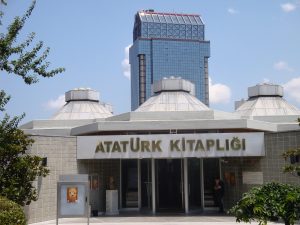“Silver Water”
Gümüşsuyu is the area immediately to the east of Taksim Square while Gümüşsuyu (İnönü) Caddesi is the road that links the square with the Bosphorus via the Beşiktaş soccer stadium. It’s a pleasant road to stroll down since the pavements are much wider than those on Sıraselviler Caddesi, making it easier to pause and admire the many elegant 19th and early 20th-century apartment blocks that line the street as well as the handful of consular buildings in between them.
The area towards the top of Gümüşsuyu Caddesi is officially Ayaspaşa, an area that sits above what was once a sprawling Muslim cemetery. It’s here that you will see some of the most elegant of the city’s mansion blocks.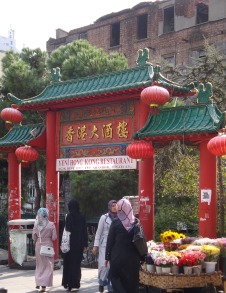
Gümüşsuyu Caddesi and around
Heading down Gumüsşuyu Caddesi you will pass on the right İstanbul’s mini take on Chinatown: a single arch decorated with Chinese lanterns that leads to what was once almost the only restaurant serving ethnic cuisine in the city.
Beyond that is the luxury CVK Park Bosphorus Hotel standing on a site once filled by the Park Hotel, from 1930 until 1978 when it was demolished one of the mainstays of intellectual social life in the city. From 1942 to 1958 it was home to the poet Yahya Kemal Beyaltı (1884-1958).
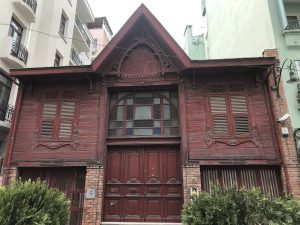
Then on the right you’ll see a solid brick-and-stone building that often has queues waiting outside its side gate. This is the German Consulate, designed by Hubert Goebbels and built between 1874 and 1877. It’s one of the few consulates in the area to remain in business on the original site.
A side turning behind the German Consulate leads eventually to Saray Arkası Sokak where you’ll find the delightful rust-coloured wooden house once lived in by the artist Ercümend Kalmık (1908-71). In theory it’s a museum although I’ve never known it be open. Some of his mosaic work can be seen on walls in 4.Levent. Nearby is a minor work by the architect, Kemaleddin Bey (1870-1927).
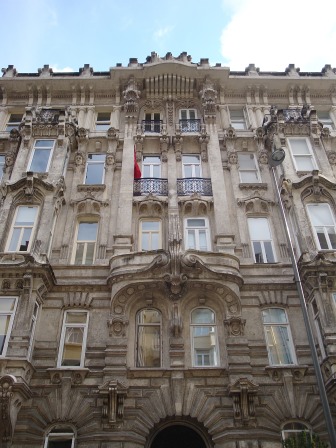 The splendid Gümüşsu PalasContinuing downhill you will pass the unique wooden facade of what used to be the Japanese Consulate, although it was originally built in 1904 as the private home of a banker. Immediately beyond it is the single most impressive building on the street, the extraordinary Gümüşsu Palas, a vibrant, 3D extravaganza of a building.
The splendid Gümüşsu PalasContinuing downhill you will pass the unique wooden facade of what used to be the Japanese Consulate, although it was originally built in 1904 as the private home of a banker. Immediately beyond it is the single most impressive building on the street, the extraordinary Gümüşsu Palas, a vibrant, 3D extravaganza of a building.
More or less across the road and set off the main road by steps up through its garden is the Gümüşsuyu Askeri Hastanesi, built as a military hospital by Garabet Balyan in 1848 and still in use today. During the Covid pandemic it offered local residents vaccination services with a Bosphorus view.
Continuing downhill you will see a small park on the far side of the road. If you walk through it you will come out opposite the site of BJK İnönü (Beşiktaş) Stadium. Overlooking the park on the main road is the Gümüşsuyu Kışla (Barracks) built in 1862 by Sarkis Balyan and now in the service of İstanbul Technical University (İTU).
The original Beşiktaş football stadium was built on the site of an old Dolmabahçe stable block in 1947 as part of Henri Prost’s remodelling of the city. In 2016 a new all-seater stadium on the same site replaced it. Uniquely, it can lay claim to a view that takes in two continents.
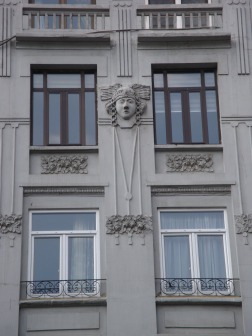
Transport info
Gümüssuyu is most readily reached from the Taksim Metro station followed by a short walk. You can also walk up Gümüşsuyu Caddesi from the Kabataş tram stop but it’s a steep climb.
Dolmuşes come here from Beşiktaş, leaving from opposite the Deniz Müzesi(Naval Museum).
Nearby areas
